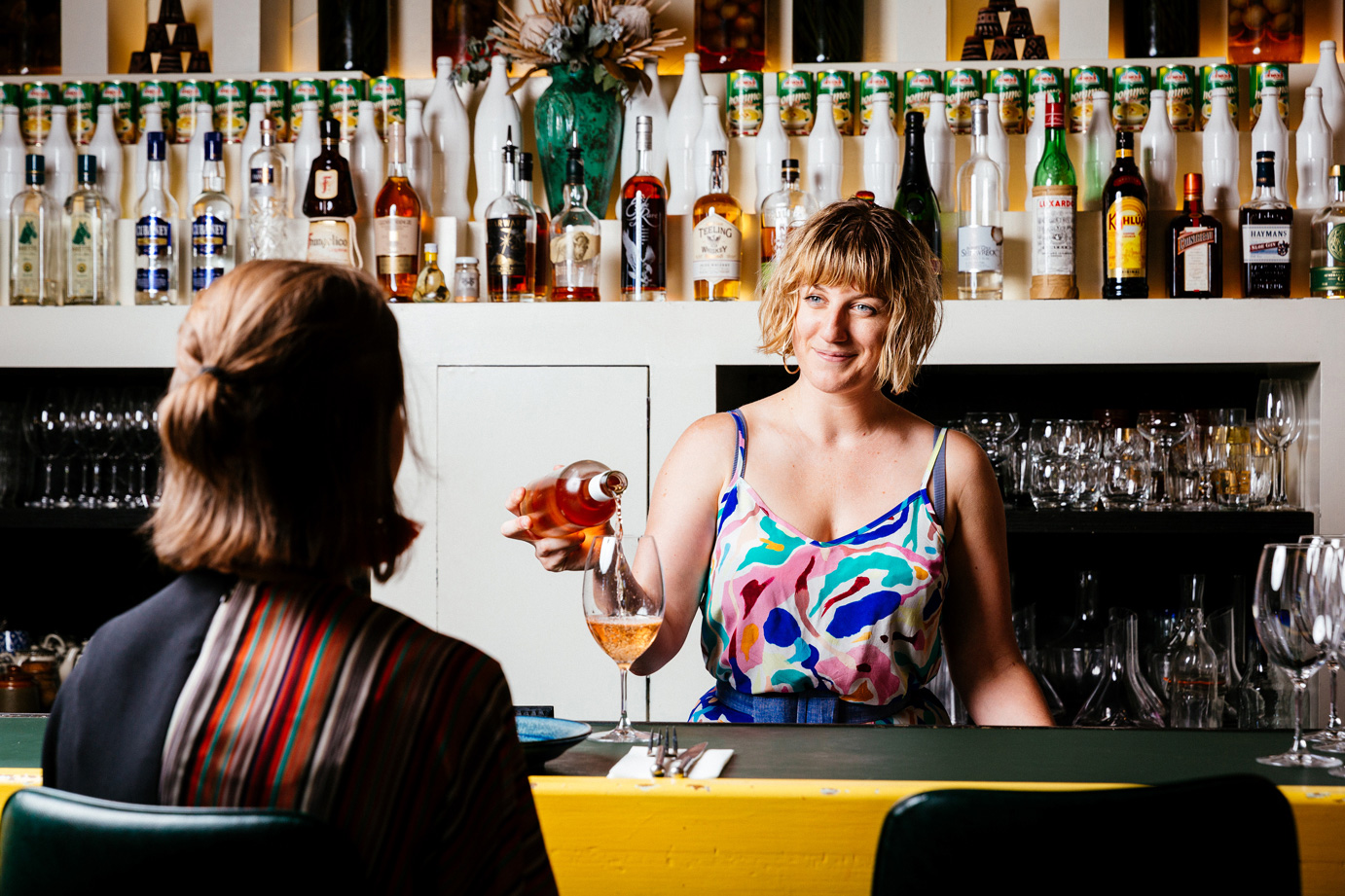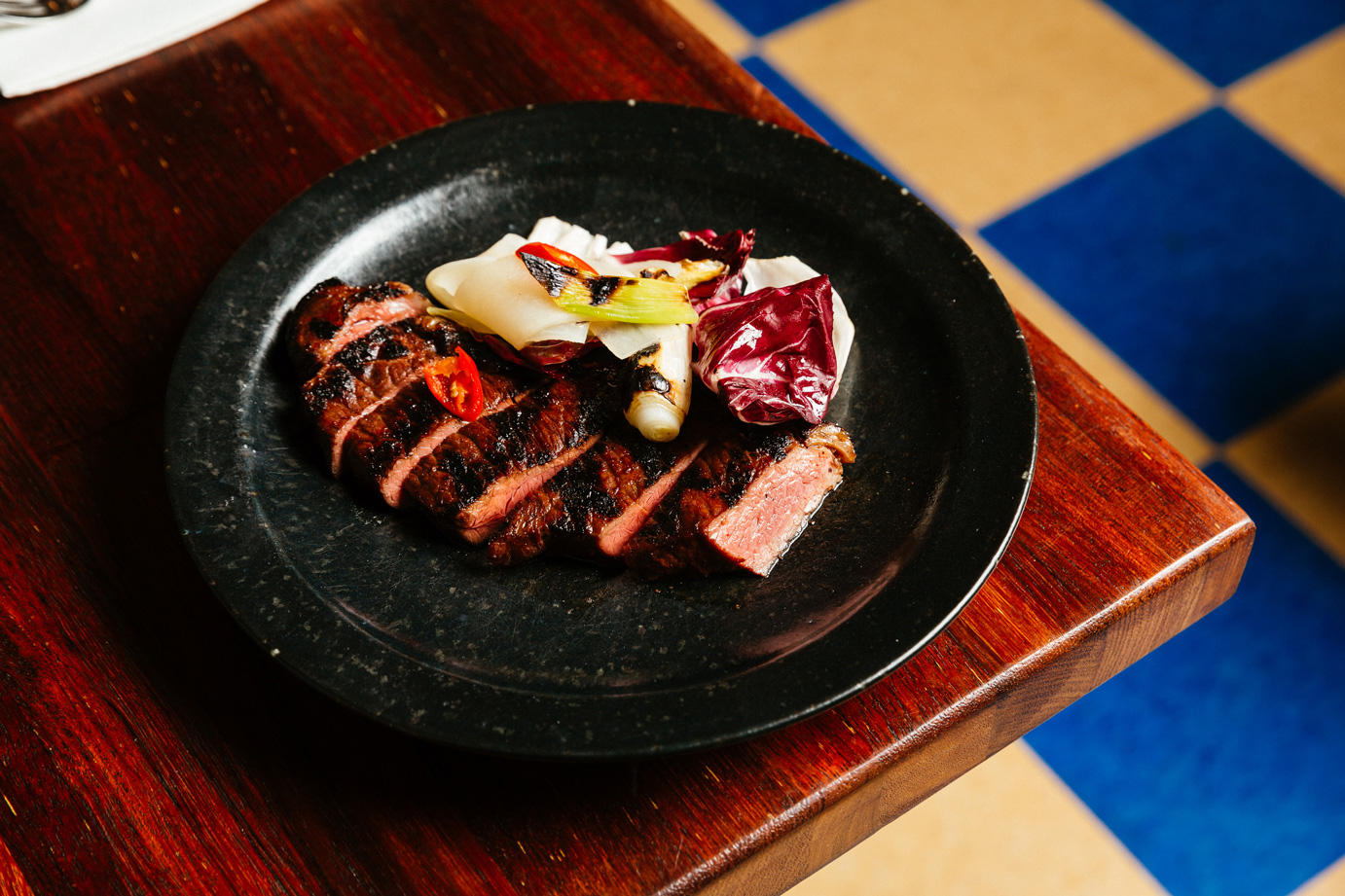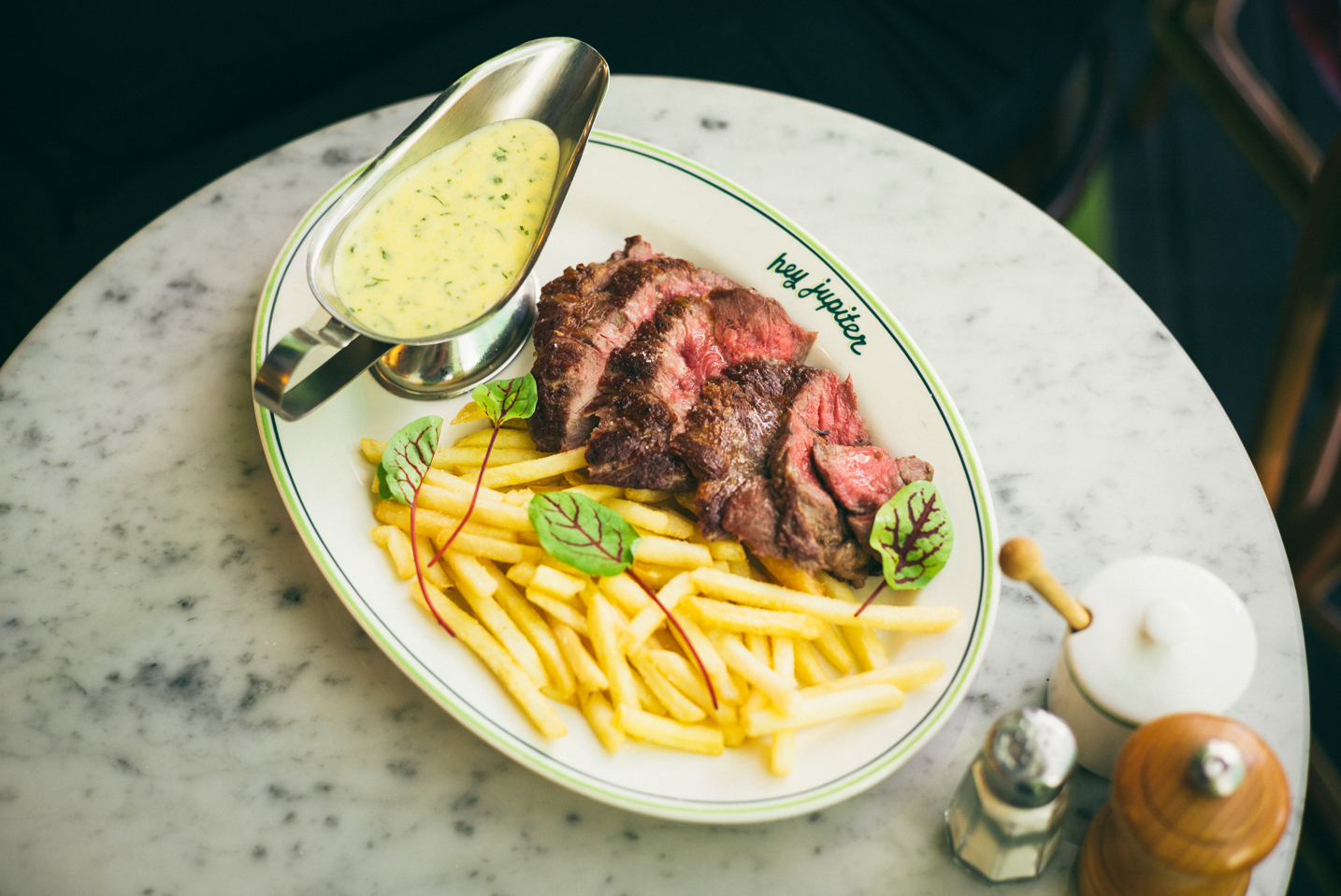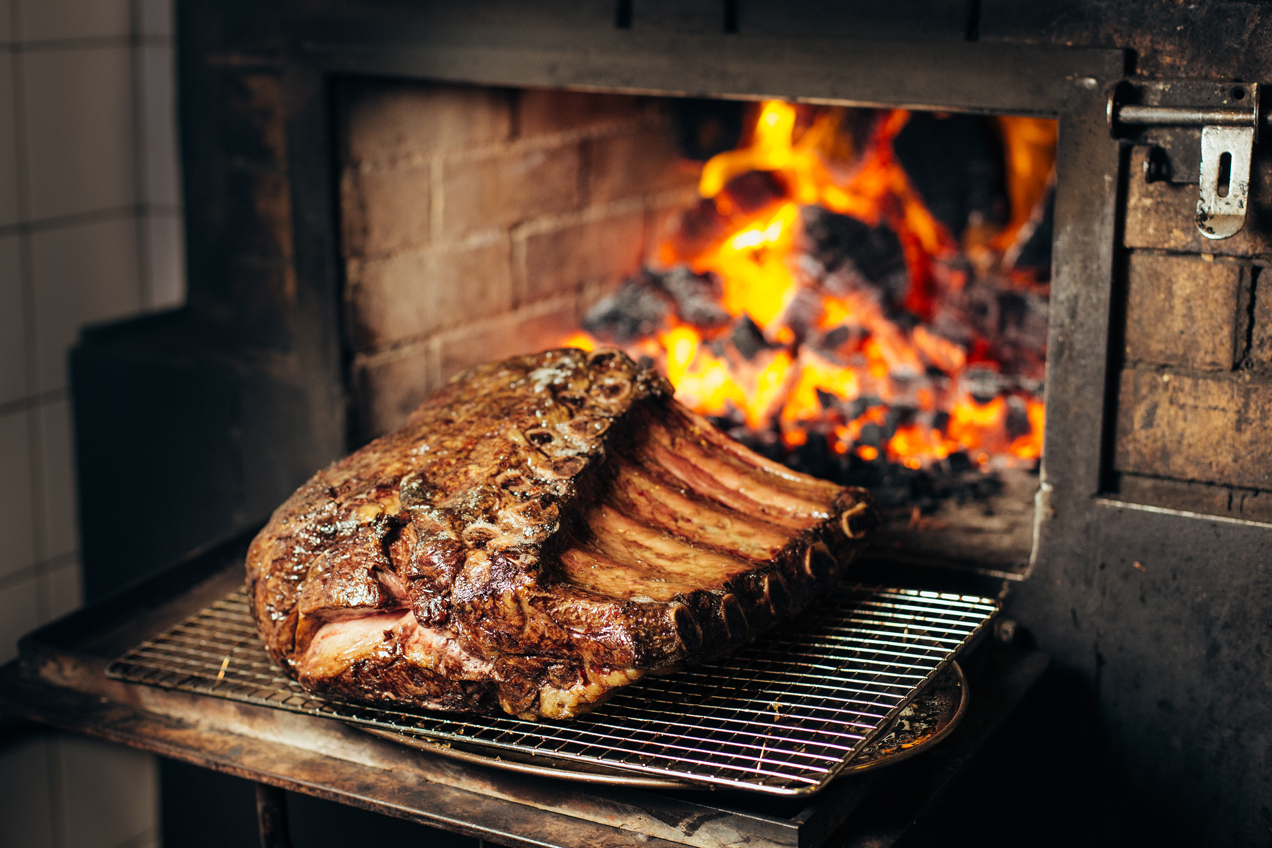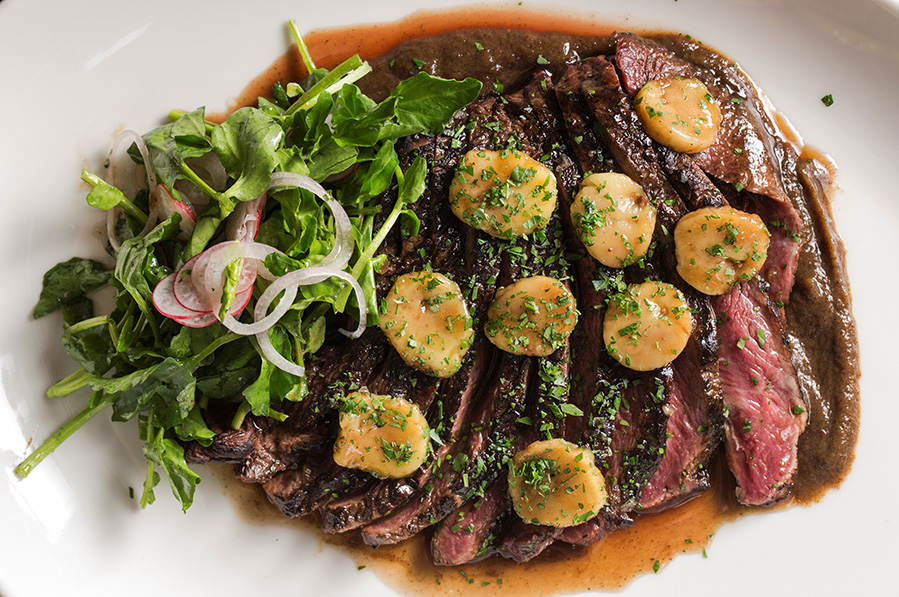Editors’
Letters

Mary-Jane
Morse
Welcome to the second issue of Rare Medium’s seasonal emagazine and a very special welcome to the wonderful world of beef. I am writing this note on International Women’s Day and what a perfect opportunity to acknowledge the exceptional female talent across both the foodservice and beef industries.
Inadvertently, this issue features several extraordinary women – not because we sat down and said ‘let’s make a female focussed issue’ but because naturally, they are leaders, they are inspiring and they have fearlessly paved their way in two industries traditionally dominated by men.
This issue also highlights the importance of more intricately understanding the logistics and challenges on both sides of the supply chain. Travelling with Duncan to experience grass-fed Australian Wagyu production on a 170,000-acre cattle station and to facilitate this essential knowledge exchange between chef and producer was a pivotal moment for me.
As the days get shorter and the nights get colder, we look at Australian beef in all its glory – from the dusty droves of western Queensland Wagyu to the street food of Singapore; the burgeoning underbelly of Adelaide’s food scene and its original party palace Africola; and a whole lip-smacking, taste-tingling, rump-shaking lot more.
Enjoy the party.
Mary-Jane Morse
Foodservice Marketing Manager
Meat & Livestock Australia
[email protected]
@_raremedium
Duncan
Welgemoed
I have always been an avid believer in knowing your produce and making a concerted effort to understand how it has been produced. To me there is no compromising on this – it’s an essential part of our ethos at Africola. Not everyone gets the chance to visit a remote outback cattle station but for me, getting out to Tumbar was an exceptional experience that was at once humbling and inspiring. Seeing the passion and dedication that producers like Fred and Sarah are putting into Australian beef production, to consistently deliver a better quality product, to be more efficient and more productive in the most natural way possible, was a real eye opener for me.
Australian beef is the best in the world and as chefs and consumers we are incredibly lucky – its versatility is unparalleled and the potential to innovate is endless. It is the centrepiece of any menu and something to be revered from paddock to plate.
As chefs we are always learning, so take the time to explore this issue; peppered throughout the pages are some incredible ideas and information to inspire and educate you.
Duncan Welgemoed
Chef Owner
Africola
@afropunkoz
Copyright: this publication is published by Meat & Livestock Australia Limited ABN 39 081 678 364 (MLA).


















